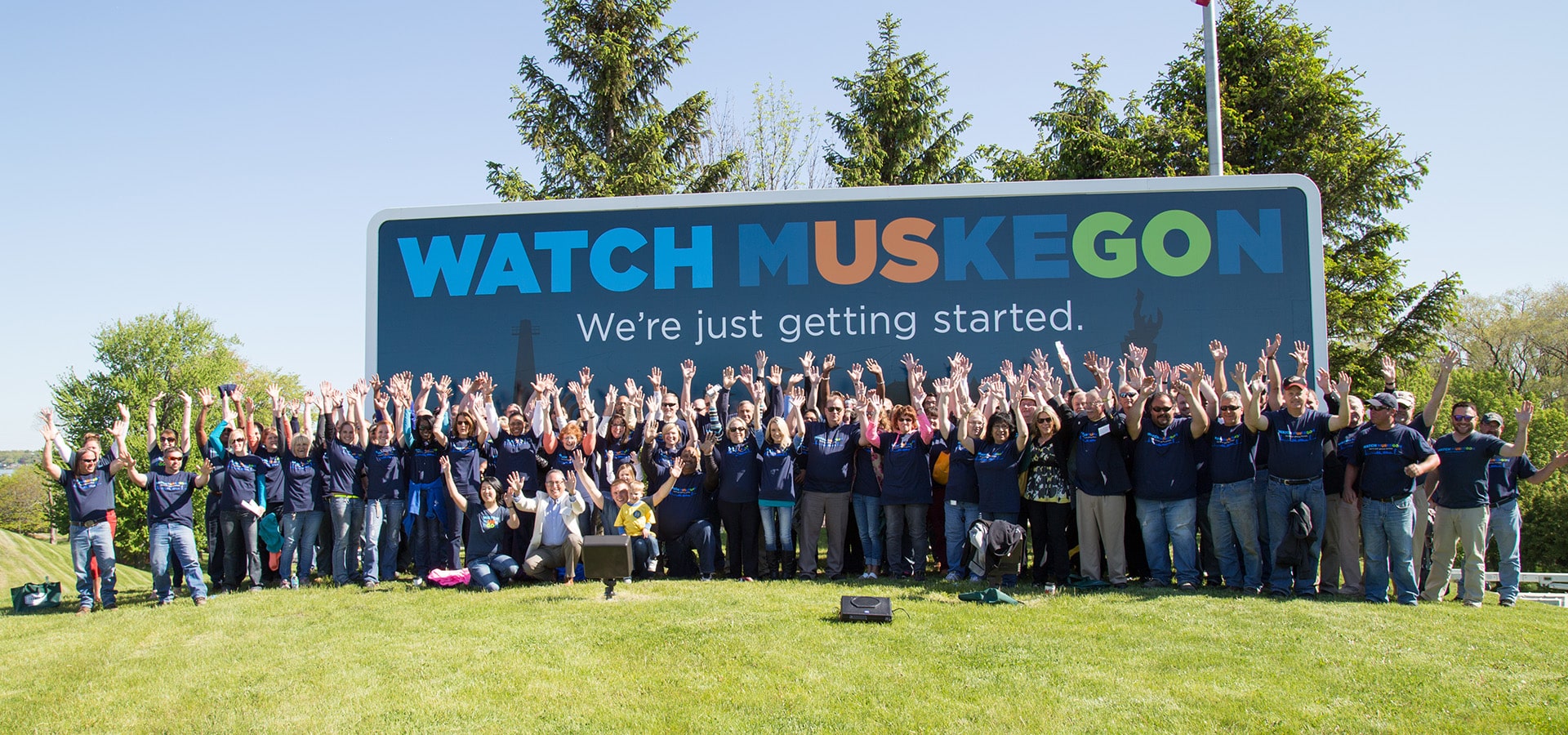Here we are, the final installment of this five-part series on making your website the best it can be.
Today, we’re tackling one of the more confusing (and misunderstood) components of online success: Search Engine Optimization, also known as SEO.
So far, we’ve gone over responsive design, using the WordPress platform, the importance of user experience, and the total necessity of original (and even dynamic) content.
There’s a lot of snake oil in the SEO world – tips that make it seem a lot more complicated than it actually is, outdated tactics that don’t really have any bearing on today’s web, and frankly, a lot of junk science.
But instead of focusing on all the stuff out there that doesn’t work, let’s talk about what does.
SEO is all about appealing to the search engines, and that means making it easy for the “robots” to crawl and index your site – and giving them a reason to do so. Here are the essentials:
Content
Just as content is important to people, it’s important to the search engines. The actual copy on your site is much of what gets crawled, where keywords are being determined, and how the crawlers know if your site is actual information – or just a bunch of garbage to get clicks (hint: real, relevant content is much better).
Crawlers also look at recently updated content – so keeping a blog, adding new pages, and expanding the information on your site certainly appeals to the robots, and can boost your rankings in search results.
Keywords
Keywords are still important, though not quite in the way they used to be. Where people used to just pile them on, stacking them into sentences and burying them in the footers – that stuff is actually frowned upon by the modern search engine.
Instead, relevant keywords need to be in the context of the site copy (which will happen fairly naturally), in page descriptions and meta-data, and in the handy, SEO-oriented tools in the dashboards of most content management systems (WordPress has some great ones!).
When selecting keywords, there are some tools that will work to your advantage like Google’s AdWords keyword tool, Google Insights, and plenty of others…
Keep in mind though: the internet is a competitive place. We don’t even try to compete on a keyword like “marketing” – it’s just too big. Instead, we keep it specific by targeting phrases like “West Michigan advertising” or “Muskegon marketing agency.”
Geography specific language, terms unique to your business, and phrases that add specificity to already broad search terms will go a long way.
Formatting/Layout
Part of making copy appealing to crawlers is in the way it’s formatted. Using <h> tags (header tags), linking relevant terms to reputable sites, having clean code and a site map…
All of these internal components (as well as some others) play into garnering the positive attention of those finicky indexing robots.
Other construction-based elements – like social media “share” buttons, easy navigation, working links, functional redirects, a working 404 page, responsive design, and a general focus on content – all play a role…
What does this all mean?
Ok, ok – it’s starting to sound complicated again, but trust us, the amount of information and “guidance” out there on SEO is staggering to say the least, and plenty of it is questionable or irrelevant. So before we get too deep into this, let’s just pare the whole thing down to a couple of simple pieces of advice…
If you have an old, outdated website – get a new one (4-year-old sites are considered ancient online). Trying to update a clunky old site is often an exercise in futility. In most cases, you’re better off letting the experts (like us) build something that has the components you need.
If you do have a more modern site (with many of those bits we talked about in place), it’s critical to keep it updated. A little bit of TLC – making sure things aren’t broken, adding new content, keeping an eye on the details – is half the battle.
SEO is a true work in progress – not only is your site constantly changing (or should be), but the methods by which search engines rank pages are not totally constant.
Every little bit effort you make to keep your site up to snuff is a step in the right direction.
Well, it’s been five installments, five reasons to upgrade and update your site, five elements to bring in to your online presence that will make an impact on how people find your site, how they use it once they’ve arrived, and how your message will resonate with people after they’ve left.
Is your website up to par?











